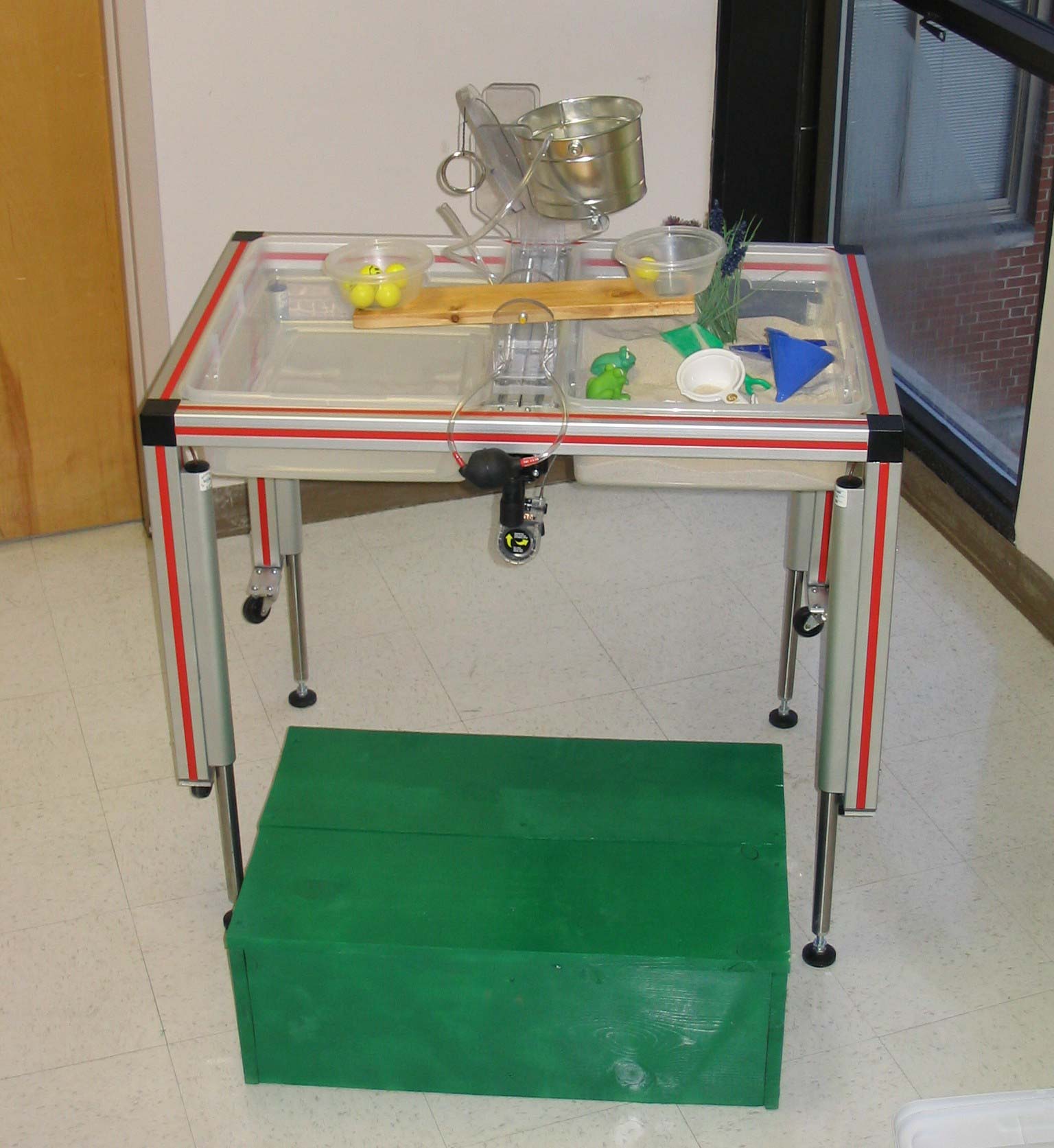var10
Mechanical
- Apr 4, 2013
- 188
Hello All,
I am quickly trying to make this into a height adjustable stand refer image. With barely any time and very little money and only this 30x60mm aluminium extrusions stand we need the top shelf to move up and down (not much may be just 150mm up and 150 mm down). Since there is barely any money I have decided to use 8 shaft supports mounted to 4 aluminium pillars with 4 linear round shaft to be used as rails and with a single nut machined ball screw d in the centre with some gears and a lever to control the descent but this may need some machined parts which will shoot the price and the lead time.
Are there any other cheaper and quicker options than what I have in mind? May be linear bearings mounted on rails and mount rails onto the extrusion? would that control the reduce the descent speed to much safer level? By descent speed I mean when I want to move the top table from its position by loosening the screw I want the shelf to move slow not just drop rapidly.
Thought I will come to the experts for bright and cheap ideas. Please no smart ass answers like get more money or ask for more time (I tried both).
Thanks in advance.
I am quickly trying to make this into a height adjustable stand refer image. With barely any time and very little money and only this 30x60mm aluminium extrusions stand we need the top shelf to move up and down (not much may be just 150mm up and 150 mm down). Since there is barely any money I have decided to use 8 shaft supports mounted to 4 aluminium pillars with 4 linear round shaft to be used as rails and with a single nut machined ball screw d in the centre with some gears and a lever to control the descent but this may need some machined parts which will shoot the price and the lead time.
Are there any other cheaper and quicker options than what I have in mind? May be linear bearings mounted on rails and mount rails onto the extrusion? would that control the reduce the descent speed to much safer level? By descent speed I mean when I want to move the top table from its position by loosening the screw I want the shelf to move slow not just drop rapidly.
Thought I will come to the experts for bright and cheap ideas. Please no smart ass answers like get more money or ask for more time (I tried both).
Thanks in advance.

